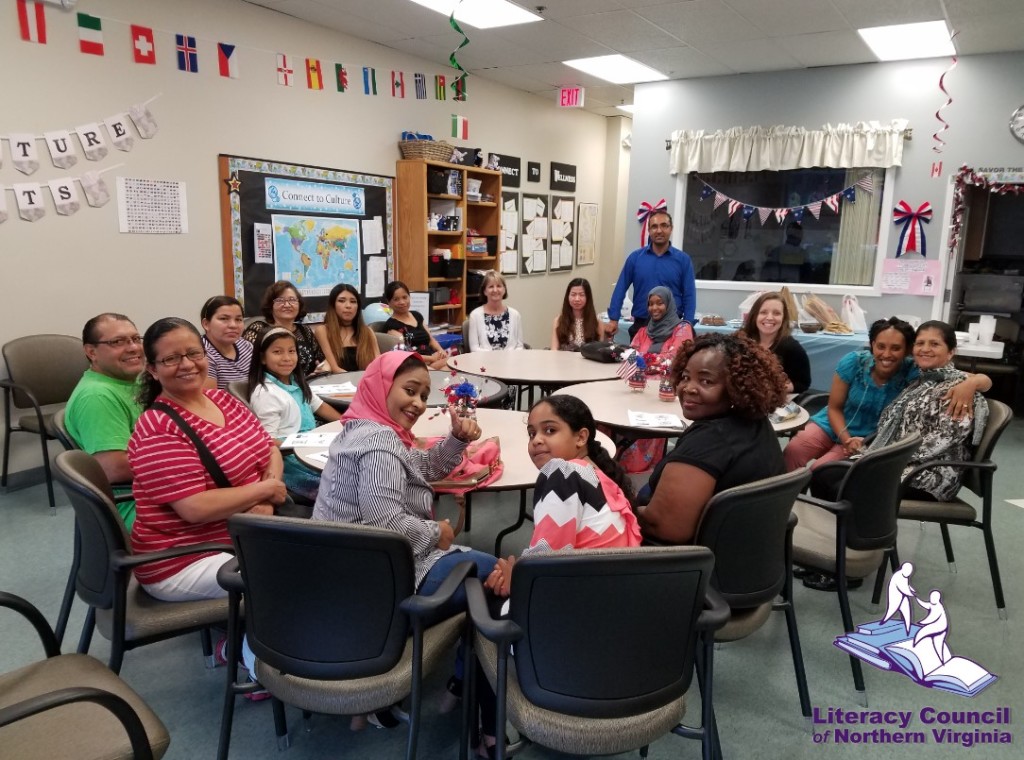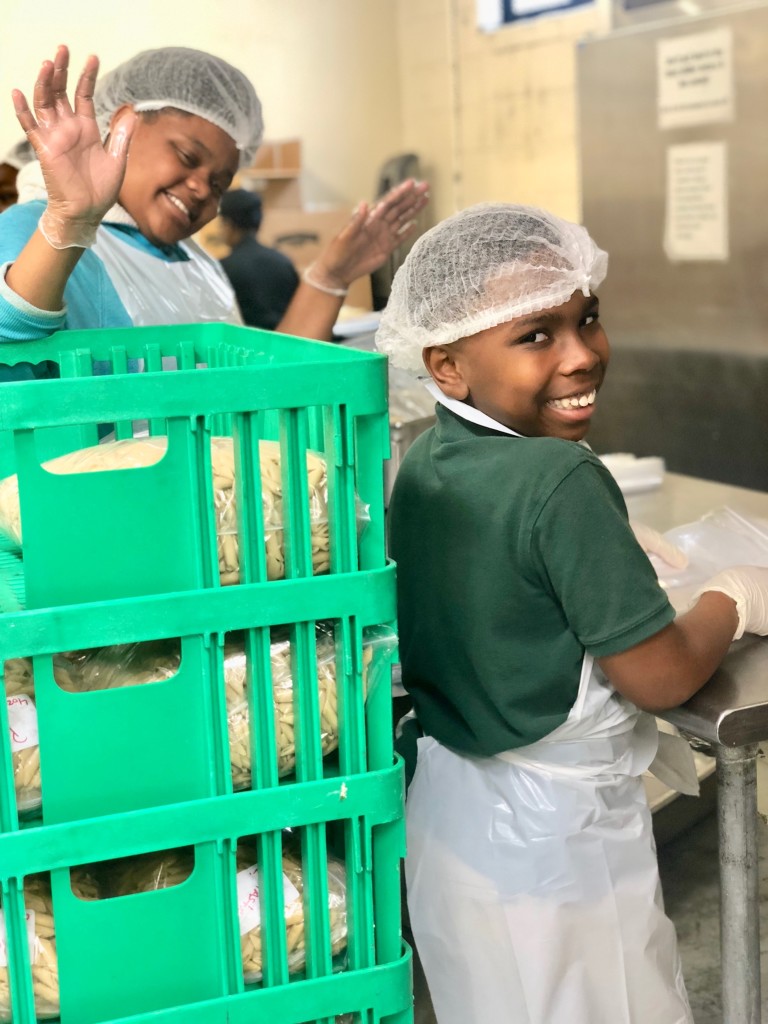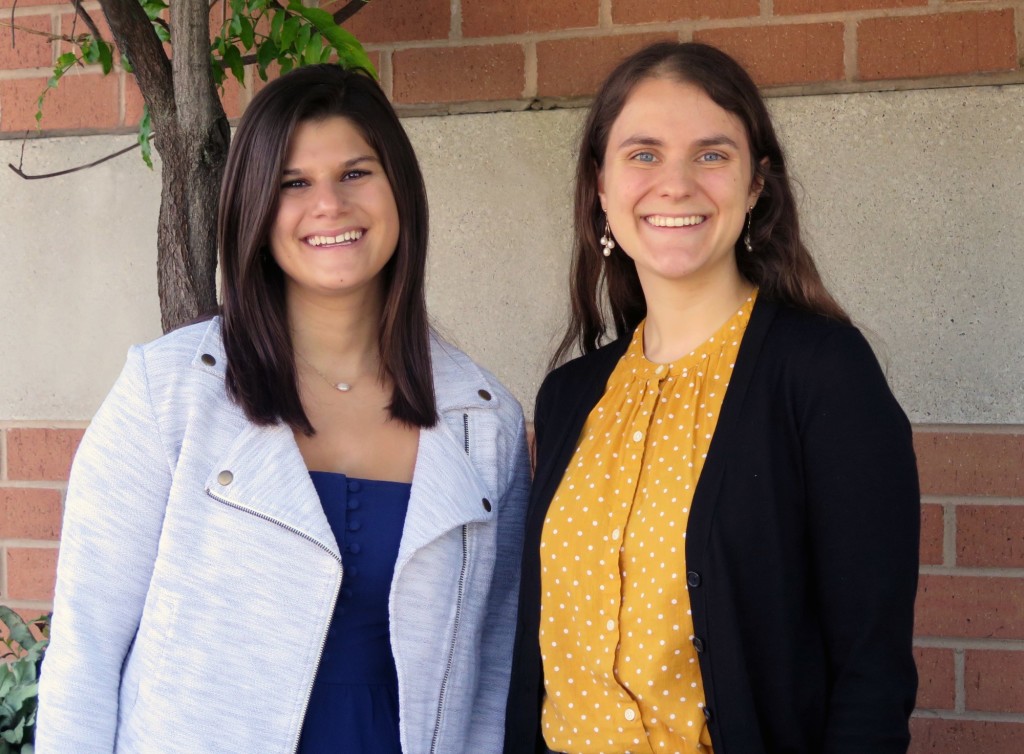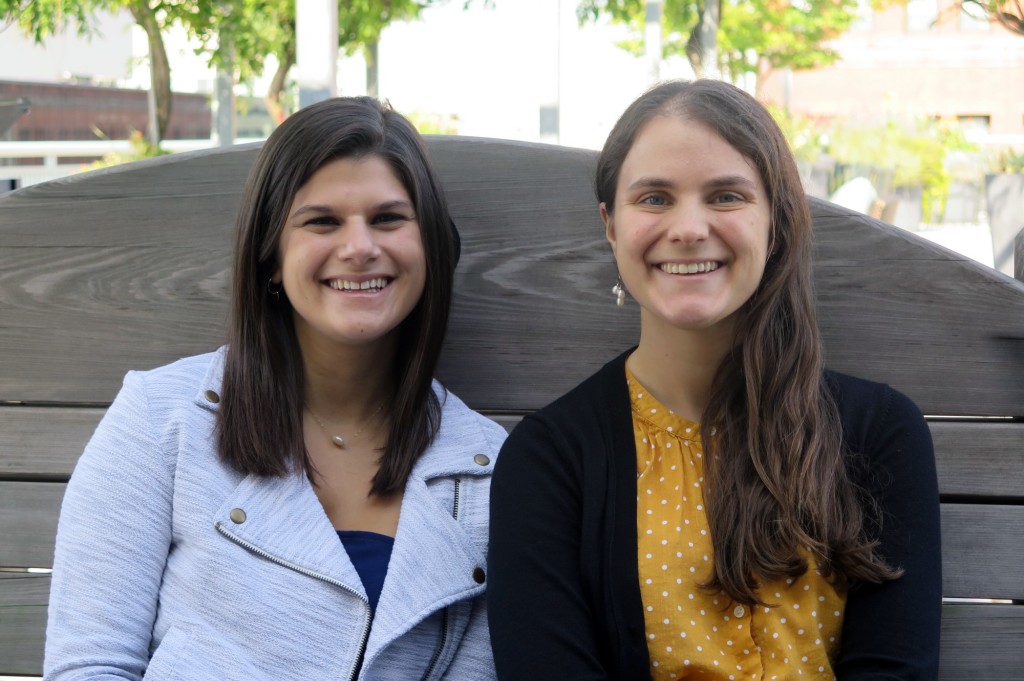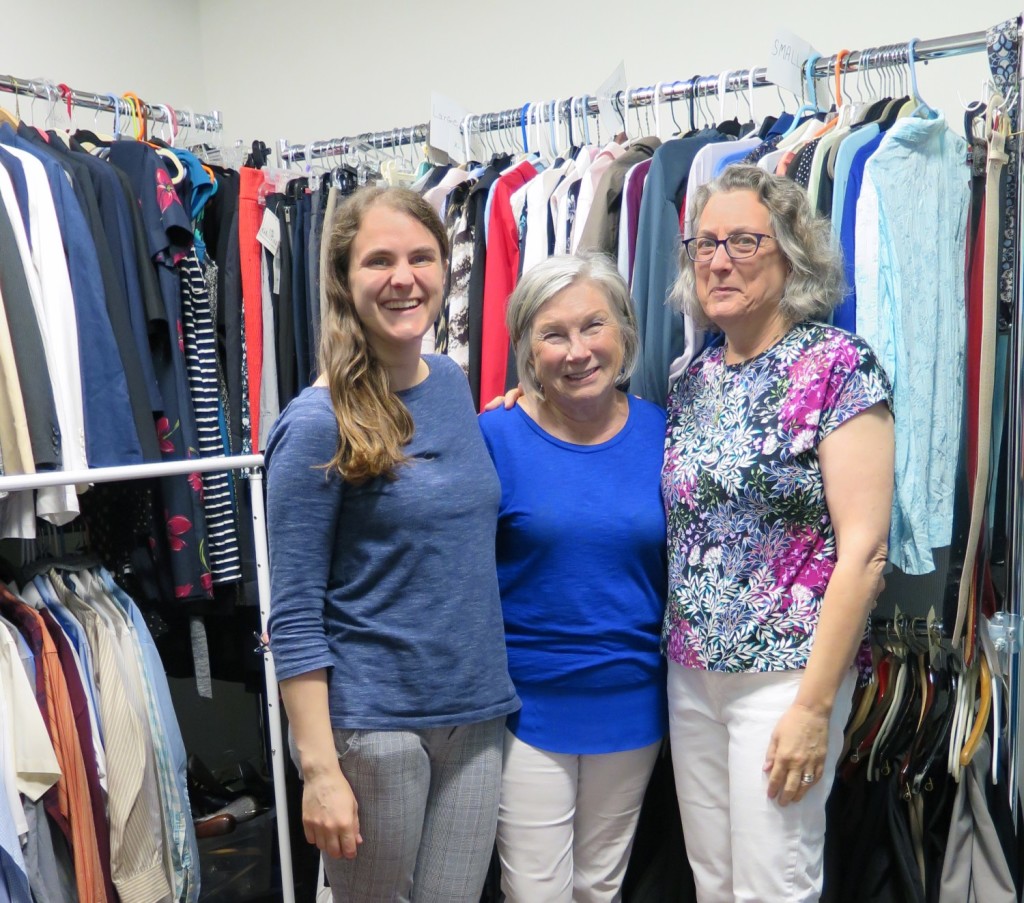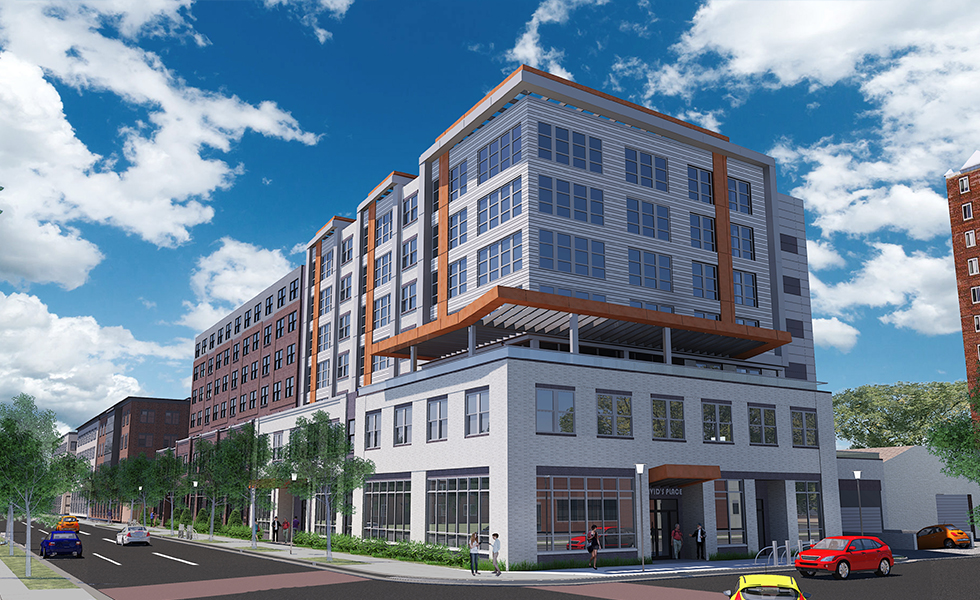Written by Sara Sepanski, Assoc. AIA, LEED AP BD+C, Architectural Designer at HKS
Ronald McDonald House Charities of Greater Washington, D.C. (RMHCDC) has a mission that never fails to touch hearts. RMHCDC exists to keep families together while a child receives specialized medical treatment at a hospital that’s far away from home. The ability of an organization to step up when families –parents, babies, siblings– are at their most vulnerable serves a need that can only be fully met through the effort of a group with the warmth and determination of this charity.
My first exposure to RMHCDC came from my proximity to the DC House while attending architectural graduate school and later living in the Brookland neighborhood in Northeast DC, where the House is located. I’ve enjoyed volunteering as a Guest Chef with friends, housemates and most recently colleagues, making dinner for the families staying at the House. Now, I’m excited to share the details of a new and recent opportunity–using my professional skill to give back to local Ronald McDonald Houses.

Above: HKS employees, including Sepanski (top left), volunteer as Guest Chefs during the HKS annual Month of Service
Keeping families in our community near the care they need
RMHCDC asks for a donation of $15 a night, but families are never turned away for financial reasons. Wanting a family to be able to simply focus on the care their child’s needs, RMHCDC removes the other primary burdens of lodging, food, and logistics during a stressful time.
It’s a need that is continually growing for RMHCDC, as hospitals in the DC area increase their cutting-edge treatment options and the number of specialized medical staff, drawing more and more families to the area from around the country. Since opening its doors 39 years ago, RMHCDC has shared more than 208,738 nights with over 20,000 families.
Growing Need to Help More Families
Virginia
The Ronald McDonald House of Northern Virginia currently offers eight guestrooms for families, but RMHC Global has projected a need for 25 guestrooms through the end of 2023.Families who stay here are most often first-time parents whose baby is receiving extended care at INOVA Fairfax Hospital’s and Georgetown University Hospital’s NICU (newborn intensive care unit) and PICU (pediatric intensive care unit).
Over the two-year time period between 2017-2018, this House was unable to help 52 families in need due to lack of available space.
Washington, DC
While the Ronald McDonald House of Washington, D.C. is larger, with 25 guestrooms, growing demand necessitates 38 rooms and plans to expand to 42 rooms to accommodate future need. Families at this House usually have a child undergoing chemotherapy or receiving an organ transplant at Sibley Hospital or Children’s National Medical Center.
In 2018, the DC House was forced to turn away 21 families due to a room shortage.
To say there is an immediate need for more guestrooms would be an understatement.
Driving change through design
Working for architecture firm HKS and helping design resorts, office buildings, hospitals and sports training facilities, I could not have imagined that I would have an opportunity to put my skills to work on a project that has a profound impact on both my community and RMHCDC families.
Within HKS, there is a small but robust and well-organized committee that steers Citizen HKS (CHKS), a studio of sorts that designs for the underserved or organizations that bring a significant positive impact to underserved communities. Citizen HKS is now in its fifth year of service, and when it came along five years into my tenure with HKS, its mission immediately resonated with me. I’d been looking for a way to productively express my gratitude for the character, relationships, and purpose that I continue to develop at HKS and to do something professionally to help bridge the wealth gap in society.
It was both professionally rewarding and personally meaningful when all these things aligned to help RMHCDC through the first phase of an expansion effort to increase their capacity to serve families with sick children.
It wasn’t hard to find professional partners to help Citizen HKS in this effort. Davis Construction and Interface Engineering very quickly accepted the challenge. Roger Frechette, principal at Interface and member of the project team, remembered when his own first-born child required care for a full year after birth at INOVA Fairfax Hospital. Frechette and his wife fortunately lived in the area, but Frechette understands the value that the Houses provide to families who aren’t local and find themselves in a similar situation.

Above: Members of the RMHCDC Expansion Project Team, including Frechette (back row, third from right), RMHCDC CEO Karen Torres (back row, second from right), and Sepanski (front, next to Ronald McDonald)
Thanks to an unprecedented donation from WeWork of donated office space for the administrative staff, otherwise officed at the DC and NoVa Houses, the project team has much more square footage to work with to add more guestrooms to the current Houses.
Lifting families in need
The expanded capacity allows us to add 8 more guestrooms within the current footprint of the DC House and 16 more guestrooms to the NoVa House, tripling its capacity, enabled in part by a second-floor addition to the current guest wing. Layout adjustments to primary spaces at both Houses improve operational efficiency.
The initial expansion at both Houses will help increase service by 27%-36%.
The mechanical engineers’ design will increase the level of thermal comfort and performance of the DC House as well. The current renovation scope has a total estimated cost of over $4 million and will involve the generosity of numerous other organizations and manufacturers to make it a reality.
Estimated completion of this first expansion phase is in the spring and late summer of 2020 for the DC and Northern Virginia Houses, respectively. Interior renderings are under development this summer, and final image will be shared before construction begins this fall.

